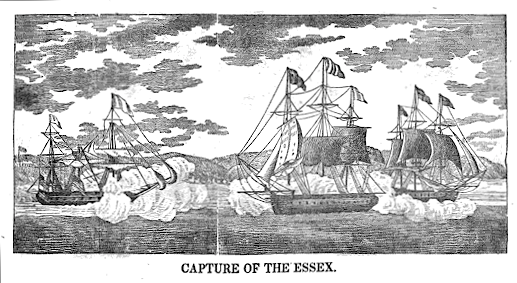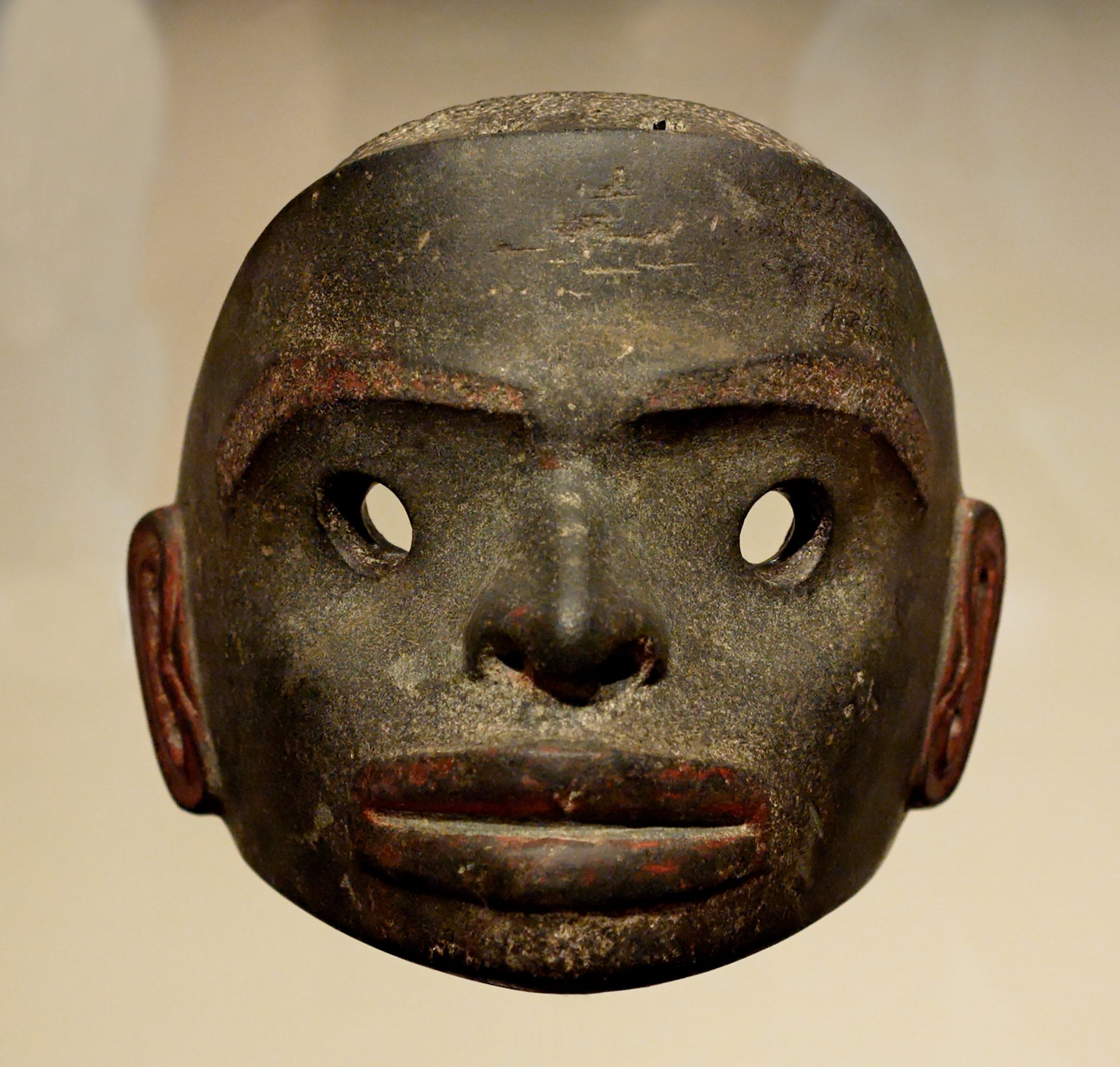|
Hastings Arm
Hastings Arm is a fjord on the North Coast of British Columbia, which is the northwest arm of Observatory Inlet, one of the two main branchings of Portland Inlet, the other being the better-known Portland Canal, which forms part of the Canada–United States border. Hastings Arm is approximately in length from the divergence of Observatory Inlet near the former smelting town of Anyox, where a east arm, Alice Arm, branches off towards its head at the mouth of the Kitsault River. This divergence is approximately from the mouth of Observatory Inlet itself, near Nass Bay, which is the outer part of the estuary of the Nass River. At the head of Hastings Arm is the mouth of the Kshwan River, and the Nisga'a village-site of Kswan. Names The name of the inlet in the Nisga'a language, which is indigenous to this area, is ''K'alli Kshwan'', meaning "upriver water teeth" literally, and which is a reference to the tribe's founder Tseemsim cupping his hands to take a drink from the Kshwan ... [...More Info...] [...Related Items...] OR: [Wikipedia] [Google] [Baidu] |
British Columbia
British Columbia (commonly abbreviated as BC) is the westernmost province of Canada, situated between the Pacific Ocean and the Rocky Mountains. It has a diverse geography, with rugged landscapes that include rocky coastlines, sandy beaches, forests, lakes, mountains, inland deserts and grassy plains, and borders the province of Alberta to the east and the Yukon and Northwest Territories to the north. With an estimated population of 5.3million as of 2022, it is Canada's third-most populous province. The capital of British Columbia is Victoria and its largest city is Vancouver. Vancouver is the third-largest metropolitan area in Canada; the 2021 census recorded 2.6million people in Metro Vancouver. The first known human inhabitants of the area settled in British Columbia at least 10,000 years ago. Such groups include the Coast Salish, Tsilhqotʼin, and Haida peoples, among many others. One of the earliest British settlements in the area was Fort Victoria, established ... [...More Info...] [...Related Items...] OR: [Wikipedia] [Google] [Baidu] |
Nass River
The Nass River is a river in northern British Columbia, Canada. It flows from the Coast Mountains southwest to Nass Bay, a sidewater of Portland Inlet, which connects to the North Pacific Ocean via the Dixon Entrance. Nass Bay joins Portland Inlet just south of Observatory Inlet. The English name "Nass" is derived from the Tlingit name ''Naas'' which means "intestines" or "guts" in reference to the river's large food capacity in its fish (Naish & Story 1963; Leer, Hitch, & Ritter 2001). Can also be a Tlingit word for "food depot". Former spellings are Naas and Nasse. The Nisga'a name for the river is ''K'alii Aksim Lisims'' "Lisims (river name) Valley". The Gitxsan name is ''Git-Txaemsim'' meaning People of Txeemsim (Raven or Trickster); ''Xsitxemsem'' in the dialect of the Gitanyow). ''Lisims'' means "murky" in Nisga'a, referring to the river's silt-laden flow. The last of the river are navigable. The river is a commercially valuable salmon fishery. The basin of the Nass ... [...More Info...] [...Related Items...] OR: [Wikipedia] [Google] [Baidu] |
Fjords Of British Columbia
In physical geography, a fjord or fiord () is a long, narrow inlet with steep sides or cliffs, created by a glacier. Fjords exist on the coasts of Alaska, Antarctica, British Columbia, Chile, Denmark, Germany, Greenland, the Faroe Islands, Iceland, Ireland, Kamchatka, the Kerguelen Islands, Labrador, Newfoundland, New Zealand, Norway, Novaya Zemlya, Nunavut, Quebec, the Patagonia region of Argentina and Chile, Russia, South Georgia Island, Tasmania, United Kingdom, and Washington state. Norway's coastline is estimated to be long with its nearly 1,200 fjords, but only long excluding the fjords. Formation A true fjord is formed when a glacier cuts a U-shaped valley by ice segregation and abrasion of the surrounding bedrock. According to the standard model, glaciers formed in pre-glacial valleys with a gently sloping valley floor. The work of the glacier then left an overdeepened U-shaped valley that ends abruptly at a valley or trough end. Such valleys are fjords whe ... [...More Info...] [...Related Items...] OR: [Wikipedia] [Google] [Baidu] |
Mount Fowler
Mount is often used as part of the name of specific mountains, e.g. Mount Everest. Mount or Mounts may also refer to: Places * Mount, Cornwall, a village in Warleggan parish, England * Mount, Perranzabuloe, a hamlet in Perranzabuloe parish, Cornwall, England * Mounts, Indiana, a community in Gibson County, Indiana, United States People * Mount (surname) * William L. Mounts (1862–1929), American lawyer and politician Computing and software * Mount (computing), the process of making a file system accessible * Mount (Unix), the utility in Unix-like operating systems which mounts file systems Displays and equipment * Mount, a fixed point for attaching equipment, such as a hardpoint on an airframe * Mounting board, in picture framing * Mount, a hanging scroll for mounting paintings * Mount, to display an item on a heavy backing such as foamcore, e.g.: ** To pin a biological specimen, on a heavy backing in a stretched stable position for ease of dissection or display ** To p ... [...More Info...] [...Related Items...] OR: [Wikipedia] [Google] [Baidu] |
HMS Zealous (1864)
HMS ''Zealous'' was one of the three ships (the others being and ) forming the second group of wooden steam battleships selected in 1860 for conversion to ironclads. This was done in response to the perceived threat to Britain offered by the large French ironclad building programme. The ship was ordered to the West Coast of Canada after she was completed to represent British interests in the Eastern Pacific Ocean. ''Zealous'' became the flagship for the Pacific Station for six years until she was relieved in 1872. She was refitted upon her arrival and subsequently became the guard ship at Southampton until she was paid off in 1875. The ship was in reserve until she was sold for scrap in 1886. Design and description HMS ''Zealous'' was given a straight stem and a rounded stern, but her hull was otherwise unmodified from her original form; it had been found that lengthening the hull, as was done in the earlier , led to longitudinal weakness. Her conversion to a central battery i ... [...More Info...] [...Related Items...] OR: [Wikipedia] [Google] [Baidu] |
Pacific Station
The Pacific Station was created in 1837 as one of the geographical military formations into which the Royal Navy divided its worldwide responsibilities. The South America Station was split into the Pacific Station and the South East Coast of America Station. History The British Pacific Squadron was established in 1813 to support British interests along the eastern shores of the Pacific Ocean at Valparaíso, Chile. In 1837, when the South America station was split, this responsibility was passed to the Commander-in-Chief, Pacific. In 1843, Lord George Paulet, George Paulet, captain of , took her out from Valparaíso to Honolulu to demand the islands of the Kingdom of Hawaii for Britain. King Kamehameha III capitulated and signed the islands over to Paulet. In the summer of that year, Rear-Admiral Richard Darton Thomas set out from Valparaíso in to rein Paulet in. On 31 July 1843, Thomas assured the King that the occupation was over and that there was no Paulet Affair (1843) ... [...More Info...] [...Related Items...] OR: [Wikipedia] [Google] [Baidu] |
George Fowler Hastings
Vice-Admiral George Fowler Hastings CB (28 November 1814 – 21 March 1876) was an officer of the Royal Navy, who saw service during the First Opium War and the Crimean War. In a naval career spanning over 50 years Hastings saw service across the British Empire, and rose to the rank of vice-admiral. His service as commander in chief on the Pacific Station of the Royal Navy at Esquimalt on the British Columbia Coast of what is now Canada is today commemorated in the names of several locations and geographic features. Family and early life Hastings was born on 28 November 1814, the second son of Hans Hastings, 12th Earl of Huntingdon, and his first wife Frances. His father had a naval career, and George followed him into the navy in either August or September 1824. After several years service as a midshipman Hastings was rated as mate on 5 September 1832, and promoted to lieutenant on 7 January 1833, followed by an appointment to the navy's gunnery training ship at Portsmouth, . ... [...More Info...] [...Related Items...] OR: [Wikipedia] [Google] [Baidu] |
Daniel Pender
Daniel Pender was a Royal Navy Staff Commander, later captain, who surveyed the Coast of British Columbia aboard , and from 1857 to 1870. Pender was recorded as the second master of the admiralty survey vessel, HMS ''Plumper'', in 1857 when he arrived at Esquimalt. He was promoted as the ship's master in 1860. He was, however, transferred to HMS ''Hecate'' a year later after the Plumper was deemed too small and unsuitable for the coast's waters. When the British government commissioned the Hudson Bay Company to continue the hydraulic survey of the coast, he was given command of the company's ''Beaver''. He replaced Captain George Henry Richards, who was recalled to Britain after he was appointed as the Hydrographer of the Royal Navy. Legacy Pender Harbour, a harbour and group of communities on the Sunshine Coast of British Columbia, Canada, are named for Pender, as are North and South Pender Islands in the Southern Gulf Islands and various placenames associated with those ... [...More Info...] [...Related Items...] OR: [Wikipedia] [Google] [Baidu] |
Nisga'a Language
Nisga’a (also Nass, Nisgha, Nisg̱a’a, Nishka, Niska, Nishga, Nisqa’a) is a Tsimshianic language of the Nisga'a people of northwestern British Columbia. Nisga'a people, however, dislike the term ''Tshimshianic'' as they feel that it gives precedence to Coast Tsimshian. Nisga’a is very closely related to Gitxsan. Indeed, many linguists regard Nisga’a and Gitksan as dialects of a single Nass–Gitksan language. The two are generally treated as distinct languages out of deference to the political separation of the two groups. History and usage Like almost all other First Nations languages of British Columbia, Nisga’a is an endangered language. In the 2018 Report on the Status of B.C. First Nations Languages, there were 311 fluent speakers and 294 active language learners reported in a population of 6,113. Anglican missionary James Benjamin McCullagh conducted much early linguistic work in Nisga’a, preparing translations of parts of the Bible and Book of Common Pray ... [...More Info...] [...Related Items...] OR: [Wikipedia] [Google] [Baidu] |
Nisga'a
The Nisga’a , often formerly spelled Nishga and spelled in the Nisga'a language as (pronounced ), are an Indigenous people of Canada in British Columbia. They reside in the Nass River valley of northwestern British Columbia. The name is a reduced form of , which is a loan word from Tongass Tlingit, where it means "people of the Nass River". The official languages of Nisg̱a’a are the Nisg̱a’a language and English. Nisga’a culture Society Nisga’a society is organized into four tribes: * Ganhada (G̱anada, Raven) * Gispwudwada (Gisḵ’aast, Killer Whale) * Laxgibuu (Lax̱gibuu, Wolf) * Laxsgiik (Lax̱sgiik, Eagle) Each tribe is further sub-divided into house groups – extended families with same origins. Some houses are grouped together into clans – grouping of Houses with same ancestors. Example: *Lax̱gibuu Tribe (Wolf Tribe) ** Gitwilnaak’il Clan (People Separated but of One) *** House of Duuḵ *** House of K’eex̱kw *** House of Gwingyoo Traditiona ... [...More Info...] [...Related Items...] OR: [Wikipedia] [Google] [Baidu] |


.jpg)


